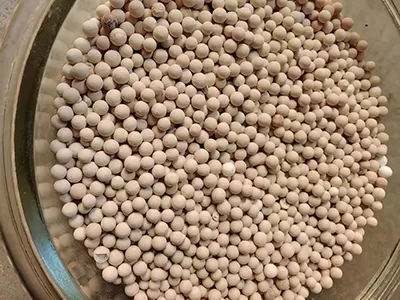Selecting 3A molecular sieve requires focusing on key performance indicators tailored to application needs. Pore size uniformity is critical—ensure 90% of pores measure 3 angstroms, as deviations can reduce selectivity for water over larger molecules like ethanol. Reputable suppliers provide pore size distribution reports to verify this.

Adsorption capacity, typically 20–25% by weight, should align with moisture levels in the target stream. For high-humidity gases (e.g., natural gas), prioritize sieve with higher capacity to extend regeneration cycles. Check bulk density too: 0.6–0.7 g/cm³ indicates optimal packing, balancing contact efficiency and pressure drop in columns.
Compatibility with operating conditions is non-negotiable. The molecular sieve must withstand process temperatures (up to 300°C for regeneration) without structural degradation. For corrosive environments, choose acid-washed variants to resist chemical attack. Particle size matters for packing: 1–3 mm beads work best in fixed beds, while powder forms suit batch drying.
Regenerability is a cost factor—opt for sieve that retains ≥80% capacity after 100 cycles. Certifications (e.g., ISO 9001) ensure consistent quality. By aligning these factors with specific needs—whether drying refrigerants or purifying solvents—you ensure the 3A molecular sieve delivers reliable, long-term performance.

